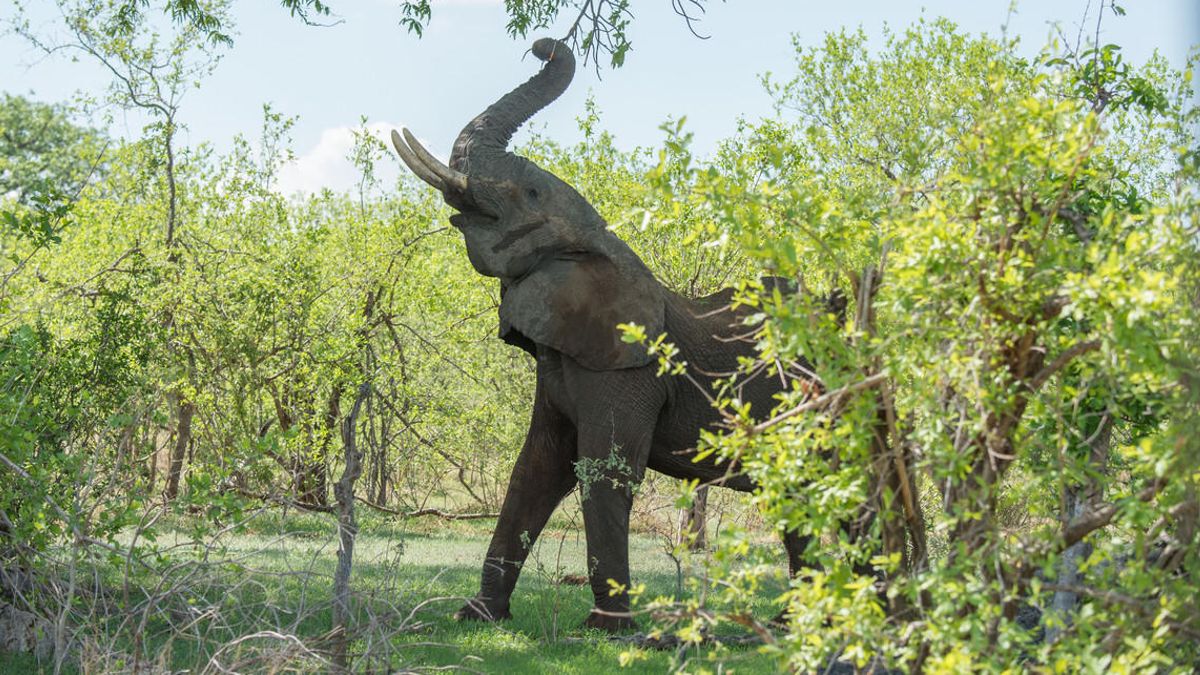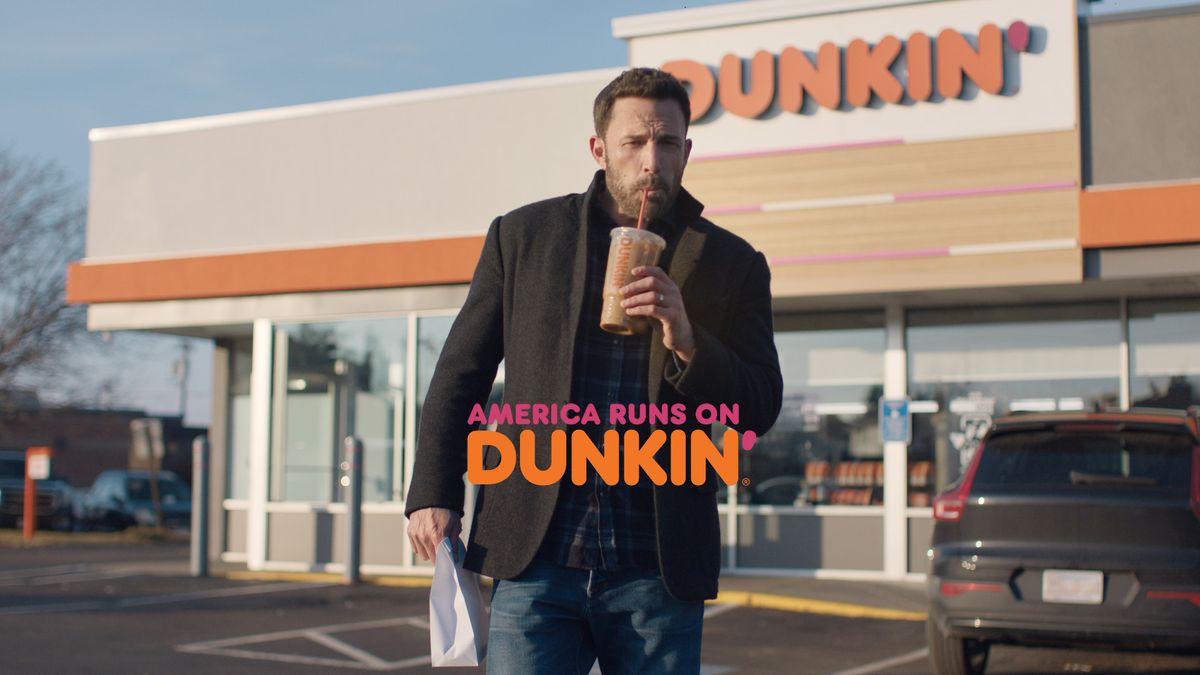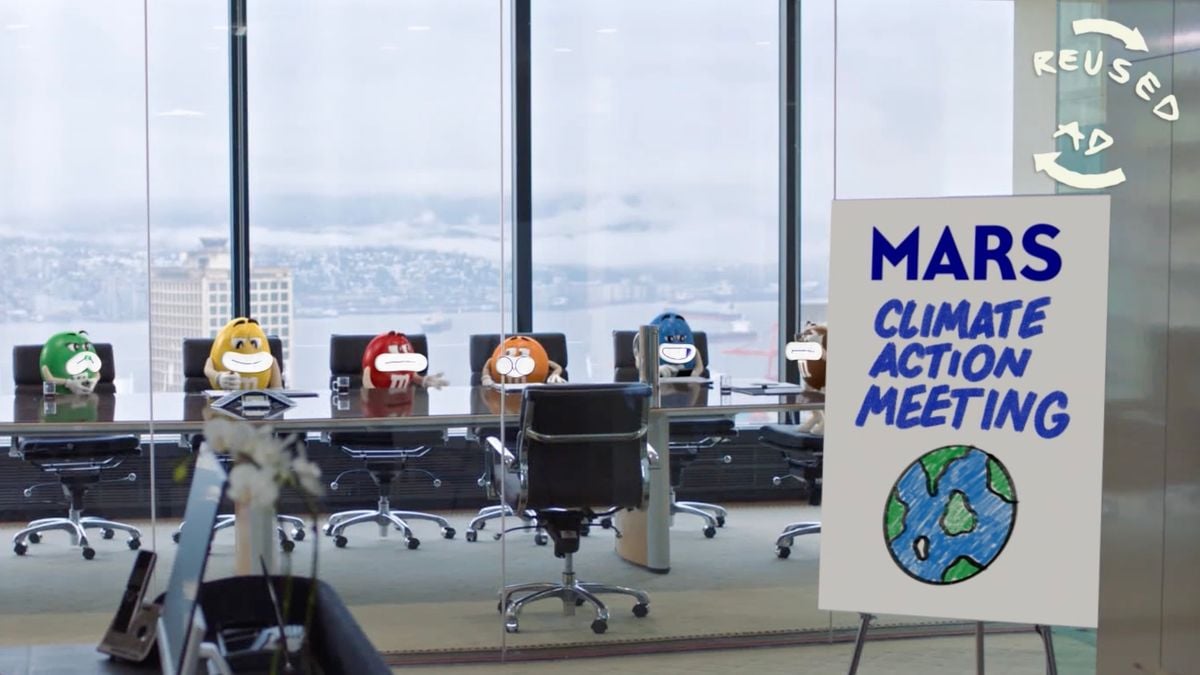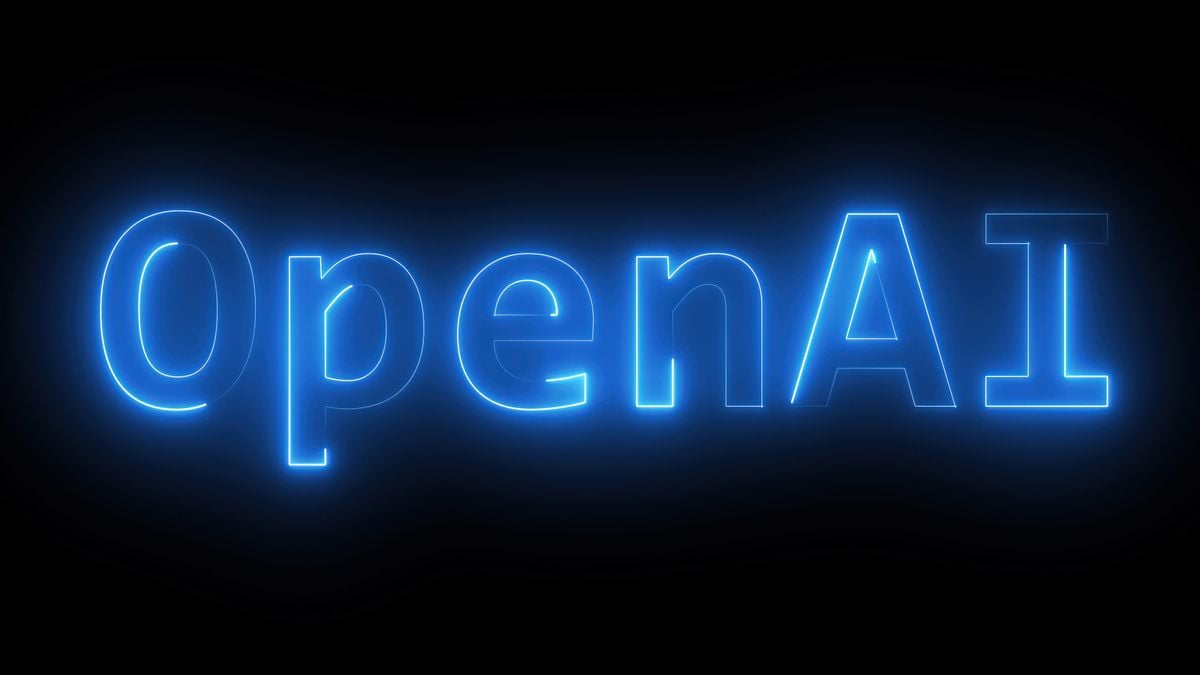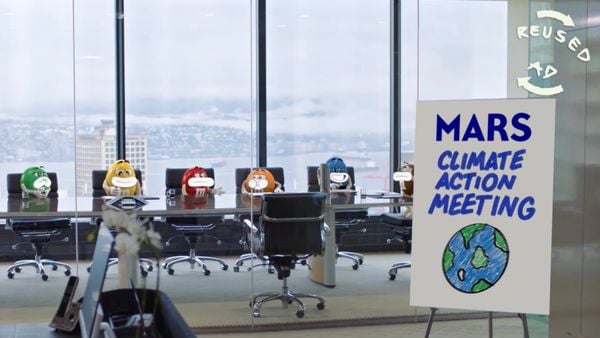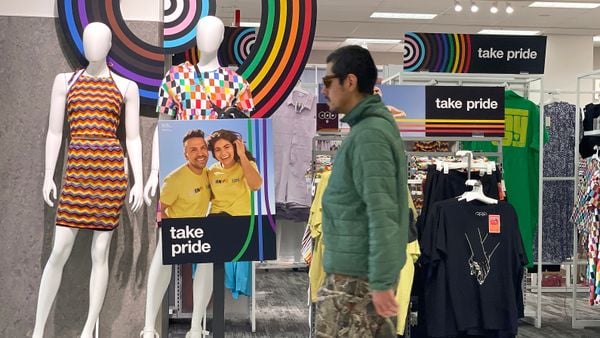Following some initial dabbling in digital advertising, the Wildlife Conversation Society's marketing team realized a more concrete game plan would result in stronger growth. But first, they had to prove a committed strategy's value to the organization's leaders, which is where the real legwork came in.
As digital continues to take over much of the media landscape, marketers across industries are reassessing how prominently it should factor into their overall strategies and budgets. In the past, one-off campaigns served as a solid way to test the waters and build out a brand online but the growing dominance of digital is more often positioning the channel as central, not auxiliary, for customer outreach and sustained engagement.
In order for WCS to reconfigure its strategy into something more cohesive, lasting and effective — what would ultimately be deemed the "5 million strong" program, per its acquisition goals — the marketing team decided to pivot focus from the short term and the one-offs to a big picture perspective, a shift that came with a few challenges.
"Most of our advertising spending was episodic. It was project-by-project," Debbie Schneiderman, executive director of marketing and digital programs at the Wildlife Conservation Society, said at the Data & Marketing Association's "Disrupt" Washington Nonprofit Conference last month.
"[W]e didn't have a commitment to an advertising program," she said. "So, we started thinking, 'How can we convince our organization to make that kind of sustained investment over time?'"
The big pitch
Four years into testing out digital efforts, WSC had garnered a lot of customer information and proof of ROI across its advertising partners. But while an "episodic" digital approach was seeing pockets of success, it was also relatively restrictive, limited to quick, one-off campaigns.
"We had a lot of channels that we were acquiring customers through," Schneiderman said. "The only one that was really scalable was the paid advertising. And scale was the only way we were going to be able to drive significant enough ROI to convince the organization that sustained investment [was worth it]."
The strategy Schneiderman and her team eventually devised proved the worth of a full-fledged commitment to digital and helped the WCS brand grow its email list to 5 million names.
"We took the ROI from our various advertising vendors and we compounded it," Schneiderman said.
"We said, 'Well, we have four years worth of data, if we look at those together we could get the value of those advertising relationships,'" she continued. "'Once we have that we can start to anticipate what kind of revenue we could drive from those vendors going forward.'"
WCS' marketing arm then mapped out a five-year projection of what a truly committed digital advertising game plan would look like. Though donation revenue initially appeared to show diminishing returns over the period, combining data from across advertising partners painted a more robust picture, with consistent value and acquisition growth over time.
It didn’t take long for the rest of the organization to buy into the idea of "5 million strong."
Reaping the rewards
With WCS now backing a digital ad strategy for the long-term, its marketing team saw more tangible traction on multiple fronts. Where WCS grew its email list steadily to the 1 million mark in its one-off campaign phase, its next 2 million acquisitions poured in rapidly over the first two years of a committed digital advertising program.
"While it's great for revenue it also meant that our database grew significantly," Schneiderman said. "Another benefit of a sustained program is we were able to do more testing and optimization with our advertising."
One-offs, while often successful, afforded little time for experimentation, limiting marketing efforts to the safe bets. A sustained advertising program like "5 Million Strong" instead opened up more breathing room for experimentation and analysis — two approaches that are helpful when working with the big digital ad platforms, which often evolve at a clip that's difficult for marketers to keep pace with.
"The number of things that Facebook is constantly innovating — it's really hard to spend money on things that you don't know if it's going to work," said Matt Derby, senior digital advertising strategist, M+R, at the presentation. "[H]aving a sustained advertising program allows you to do things that, if you were doing one-off campaigns, you can't really do."
Metrics and the lessons learned
When it comes to the type of deeper analysis a committed strategy affords, Schneiderman highlighted two different versions of a Facebook campaign around saving elephants from poachers: One with a straightforward, on-point brand message — "Let’s END the ivory trade in the U.S. [...]" — the other with a considerable curiosity gap; or, in less generous terms, clickbait copy, i.e. "Terrorists love elephants. Find out why [...]."
"Metrics become really important here because the clickthrough is obviously better on the hyperbolic, clickbait-y type of ad," Schneiderman said. "But those aren't the people that are committed to the work that we do.
"Those are people who want to find out what that controversial statement means," she continued. "In the end, the CPA [cost per acquisition] is much better for the ad that is really about [our] work."
Drawing comparisons between WCS' newfangled approach and marketing efforts for another nonprofit, the Nature Conservancy, Derby highlighted how a dedicated program opened new horizons for creativity as well.
Mobile-oriented Facebook Canvas ads, in terms of design time and cost, are often out of reach for quick, one-and-done pushes. However, with a sustained digital advertising investment, the conservancy was not only able to develop campaigns around the Canvas format but also embedded unique microsites within those promotions.
"It works on mobile which is harder to get people to take action on," noted Derby. "It does take a lot of design time. But, again, because it's running ongoing and looking for long-term results, we're able to really test the things that we can't necessarily do with running episodic campaigns.
"And, on mobile, being able to see any kind of post-action revenue for an advocacy ask is a pretty big deal," he said. "It does show that [...] those people did tend to be more engaged with the ask."



